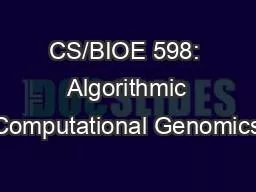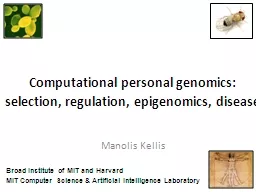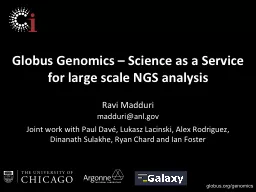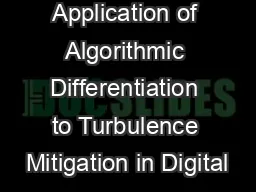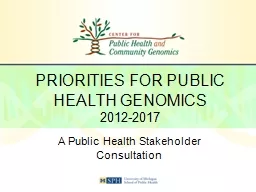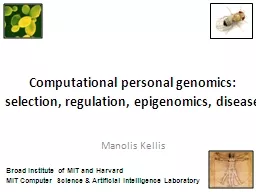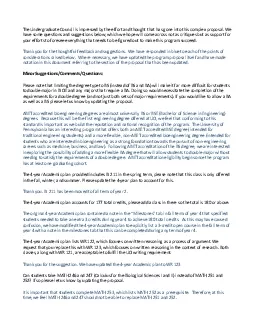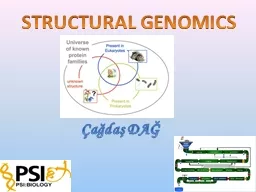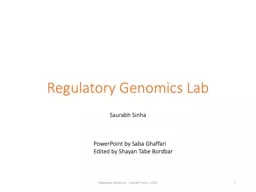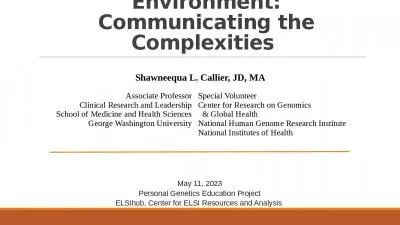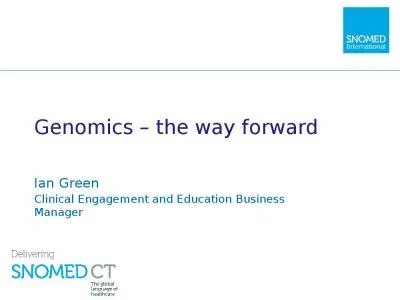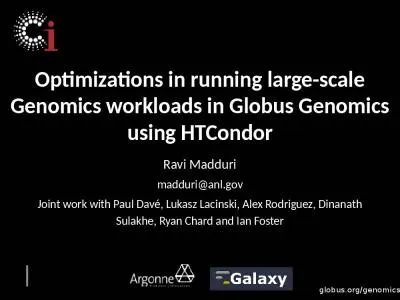PPT-CS/BIOE 598: Algorithmic Computational Genomics
Author : provingintel | Published Date : 2020-07-01
Tandy Warnow Departments of Bioengineering and Computer Science http tandycsillinoisedu Course Details Office hours To be determined Course webpage httptandycsillinoisedu598
Presentation Embed Code
Download Presentation
Download Presentation The PPT/PDF document "CS/BIOE 598: Algorithmic Computational ..." is the property of its rightful owner. Permission is granted to download and print the materials on this website for personal, non-commercial use only, and to display it on your personal computer provided you do not modify the materials and that you retain all copyright notices contained in the materials. By downloading content from our website, you accept the terms of this agreement.
CS/BIOE 598: Algorithmic Computational Genomics: Transcript
Download Rules Of Document
"CS/BIOE 598: Algorithmic Computational Genomics"The content belongs to its owner. You may download and print it for personal use, without modification, and keep all copyright notices. By downloading, you agree to these terms.
Related Documents

